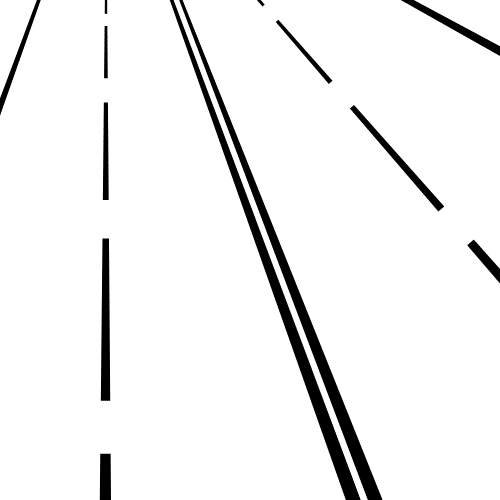Highway 23 Investments Benefit to the State of Minnesota
Highway 23 is the second longest state transportation system in the State of Minnesota traveling from Sioux Falls, South Dakota to Duluth, Minnesota and Superior, Wisconsin. Today, much of this route remains a 2-lane highway. To address these limitations, the Highway 23 Coalition is focused on advocating for a 4-lane expansion throughout the corridor. A 4-Lane MN Highway 23 from Sioux Falls, SD to Duluth, MN & Superior, WI will provide for region-wide; time saving route across Minnesota, decreased traffic congestion in Minneapolis/St Paul metropolitan area, increased economic opportunities including tourism, and opportunity for community growth.
Adding Funding Efforts
The Highway 23 Coalition, and project partners, are working together to pursue funding for the following priority projects.
Marshall to Granite Falls Feasibility Study
The Highway 23 Coalition requests $3M in Congressionally Directed and Community Designated Spending for a 35.5 mile feasibility study of Highway 23, between the Cities of Marshall and Granite Falls Minnesota. Remaining funds will be used to further develop priority projects identified by the study. The Highway 23 Marshall to Granite Falls Feasibility Study is a high priority need to address a critical two-lane gap on a trunk highway route connecting the City of Marshall, a regional manufacturing and agricultural center, and US Highway 212.
Study Need
- Address a two-lane gap directly tying Trunk Highway 23 into US Highway 212.
- Address safety issues; 6 fatal and 3 serious injury crashes in last ten years.
- A priority project for the Highway 23 Coalition and project partners.
- Due to the absence of interstate highway in this MnDOT District 8, there is a strong reliance on Highway 23 to provide regional connections.
- ADM Grain Elevators (Marshall Industrial Park) grinds an estimated 200k bushels of corn daily and always has 1 million bushels of storage on site.
- A five-mile buffer of the study corridor is home to over 10,000 jobs.
- Trunk Highway 23 provides primary access to the Southwest Minnesota State University in Marshall within the study area.
Funding Need
- $3.75 Million Total Project Cost
Desired Study & Project Schedule
- December 2024: CDS Award
- June 2025 - June 2026: Corridor Study
- July - August 2026: Impact Agency Approval of Vision
- September 2026 - December 2027: Priority Project(s) Preliminary Design & Environmental Documentation
- Next Steps TBD on Funding
Foley to I-35 Feasibility Study
The Highway 23 Coalition requests $3M in Congressionally Directed and Community Designated Spending for a 36.4 mile feasibility study of Highway 23, between the Cities of Foley and I-35 Minnesota. Remaining funds will be used to further develop priority projects identified by the study. The Highway 23 Foley to I-35 Feasibility Study is a high priority need to address safety issues on a critical two-lane trunk highway route connecting the Cities of Foley and I-35.
Study Need
- Address a two-lane gap between three destination communities, Trunk Highway 23 and US Highway 169.
- Address safety issues: 17 fatal and 12 severe injury crashes in past ten years.
- A priority project for the Highway 23 Coalition and project partners.
- Trunk Highway 23 supports tourism traffic to Mile Lacs Lake and Duluth.
- Trunk Highway 23 will carry aggregate from a near future several hundred-acre quarry northeast of Foley to the Twin Cities region.
- Trunk Highway 23 is one of the few direct east-west connections between I-94 and I-35 in east central Minnesota due to state forest land and the start of northern lakes country.
- A five-mile buffer of the study corridor is home to over 9,400 jobs.
Funding Need
- $3.75 Million Total Project Cost
Desired Study & Project Schedule
- December 2024: CDS Award
- June 2025 - June 2026: Corridor Study
- July - August 2026: Impact Agency Approval of Vision
- September 2026 - December 2027: Priority Project(s) Preliminary Design & Environmental Documentation
- Next Steps TBD on Funding






